Choosing the right handheld shower head can transform your daily shower routine from a simple task to a luxurious experience. However, one key factor often overlooked is the material of the shower head. With so many options available—ranging from plastic to metal and high-end finishes—selecting the most suitable material is essential for durability, appearance, and functionality.
In this guide, we’ll discuss why material matters, how to select the best one for your needs, and how to care for it to ensure a long-lasting and enjoyable shower experience.
- Introduction
- Why Material Matters
- Key Considerations
- Common Material Options
- Choosing the Best Material
- Maintenance Tips
Why Does Material Matter?
The material of your handheld shower head directly impacts its performance, longevity, and aesthetic. Different materials offer varying levels of durability, resistance to corrosion, and overall feel. Whether you're looking for something lightweight or a high-quality, long-lasting choice, understanding the pros and cons of each material will help you make a more informed decision.
1. Determine Your Needs
Before diving into material options, consider what you need in a shower head. Do you prioritize aesthetics, durability, or perhaps water flow? Your specific requirements will guide your material choice, balancing aspects like budget, comfort, and longevity.
2. Consider Water Pressure and Flow Rate
Certain materials are better suited for specific water pressure and flow rate requirements. For instance, heavier materials like brass might restrict flow in low-pressure systems, while lightweight plastic can handle most setups without impacting flow.
Choose the Right Type of Shower Head

There are various materials used in handheld shower heads, each with distinct benefits and drawbacks. Here’s a breakdown of the most popular materials and finishes available.
1. Chrome Finish: The Most Popular Choice
Chrome finishes are by far the most popular, offering a sleek and modern look that matches any bathroom decor. Chrome is resistant to corrosion and rust, which ensures a shiny, long-lasting appearance. Additionally, chrome-finished shower heads are relatively easy to clean and affordable, making them a practical choice for those seeking style and function.
2. Stainless Steel: A Durable and Modern Option
For those who value durability and corrosion resistance, stainless steel is an excellent choice. Unlike other metals, stainless steel is more resistant to water damage, making it a good choice for bathrooms with high humidity. Although stainless steel tends to be pricier, it’s a long-term investment that offers a high-end appearance and durability.
3. Plastic: Affordable and Lightweight
Plastic handheld shower heads are budget-friendly and come in various styles and finishes, including chrome-plated designs that mimic the appearance of metal. While plastic lacks the durability of metals, it’s lightweight and easy to install, making it a popular option for households with children or the elderly. However, plastic is prone to cracking and may not last as long as metal options.
4. Brass: A High-Quality and Durable Choice
Brass is a premium choice for handheld shower heads. Known for its durability and classic appearance, brass resists rust and corrosion and often outlasts other materials. Though brass can be more expensive and heavier, it’s worth considering if you’re looking for a high-quality, long-term solution. Many top-of-the-line shower heads are made of brass, showcasing its popularity for high-end finishes.
Plastic vs Metal Shower Head Parts: Key Ways to Tell the Difference
Knowing the difference between plastic and metal components in your shower head can help in selecting a durable and efficient product. Here’s how to differentiate between the materials used in various parts:
1. Threaded Connection Material
Metal connections are more durable and less likely to leak over time compared to plastic connections. If longevity is a priority, look for metal-threaded connections.
2. Shower Hose
Hoses made from stainless steel or brass offer more durability and are less likely to wear out. Plastic hoses can be more affordable but may require replacement sooner.
3. Shower Holder Bracket
A metal bracket can support the weight of your shower head better than plastic and is less likely to break. For long-term use, metal brackets are a recommended choice.
4. Shower Head
The main body of the handheld shower head is often made of plastic or metal. Metal shower heads tend to be sturdier and feel higher quality, while plastic is lighter and more budget-friendly.
Which Material Is the Best for You?
Choosing the best material for your handheld shower head depends on several factors, including budget, durability, appearance, water pressure, and temperature.
1. Budget
If budget is a primary concern, plastic may be the way to go. Plastic shower heads offer affordability and often come in a variety of designs. However, they may need to be replaced more frequently compared to metal options.
2. Durability
When it comes to durability, stainless steel and brass are the best options. Both materials are highly resistant to rust and corrosion, ensuring a long-lasting product. If you’re willing to spend a bit more, these materials are worth the investment.
3. Appearance
For a sleek, modern look, chrome or stainless steel is ideal. These materials blend well with contemporary bathroom designs and are easy to clean. Brass, on the other hand, provides a more classic, traditional look that adds a touch of luxury.
4. Water Pressure and Temperature
Consider the water pressure and temperature conditions in your bathroom. Metal shower heads, particularly brass and stainless steel, withstand high temperatures better than plastic. If your household frequently uses hot water, investing in a metal shower head may be beneficial.
How to Care for Your Handheld Shower Head
Proper maintenance ensures your handheld shower head remains in top condition. Regular cleaning prevents buildup of limescale and debris, which can impact water flow and appearance.
- Weekly Cleaning: Wipe the shower head with a damp cloth to remove any soap scum or residue. For metal shower heads, consider using a non-abrasive cleaner to avoid scratching.
- Limescale Removal: Soak the shower head in a mixture of vinegar and water for 15-30 minutes to dissolve limescale. Rinse thoroughly afterward.
- Check Connections: Regularly inspect and tighten any connections to prevent leaks. For plastic shower heads, be cautious not to over-tighten as this can cause cracking.
- Replace When Necessary: Over time, certain parts may wear out. Replace any damaged hoses, holders, or the shower head itself if performance starts to decline.
Selecting the right material for your handheld shower head comes down to your specific needs, from budget and durability to aesthetic appeal and performance under different water conditions. For a balance of affordability and style, chrome-plated plastic is a solid choice. Stainless steel offers a modern and robust alternative, while brass is ideal for those seeking a high-end, long-lasting option.
Ready to upgrade your shower experience? Explore a wide range of handheld shower heads crafted from the best materials to meet your needs and preferences. Whether you prioritize style, durability, or budget, the perfect shower head awaits.

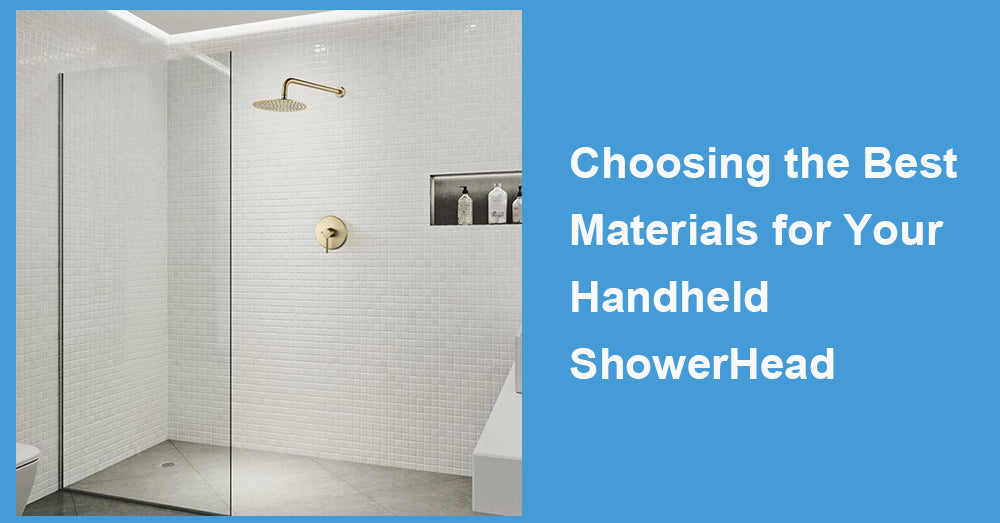
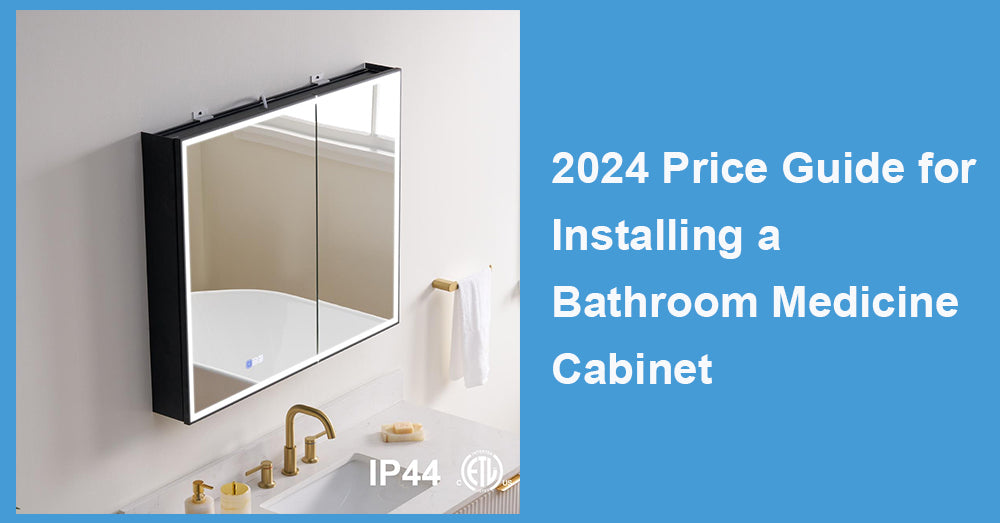

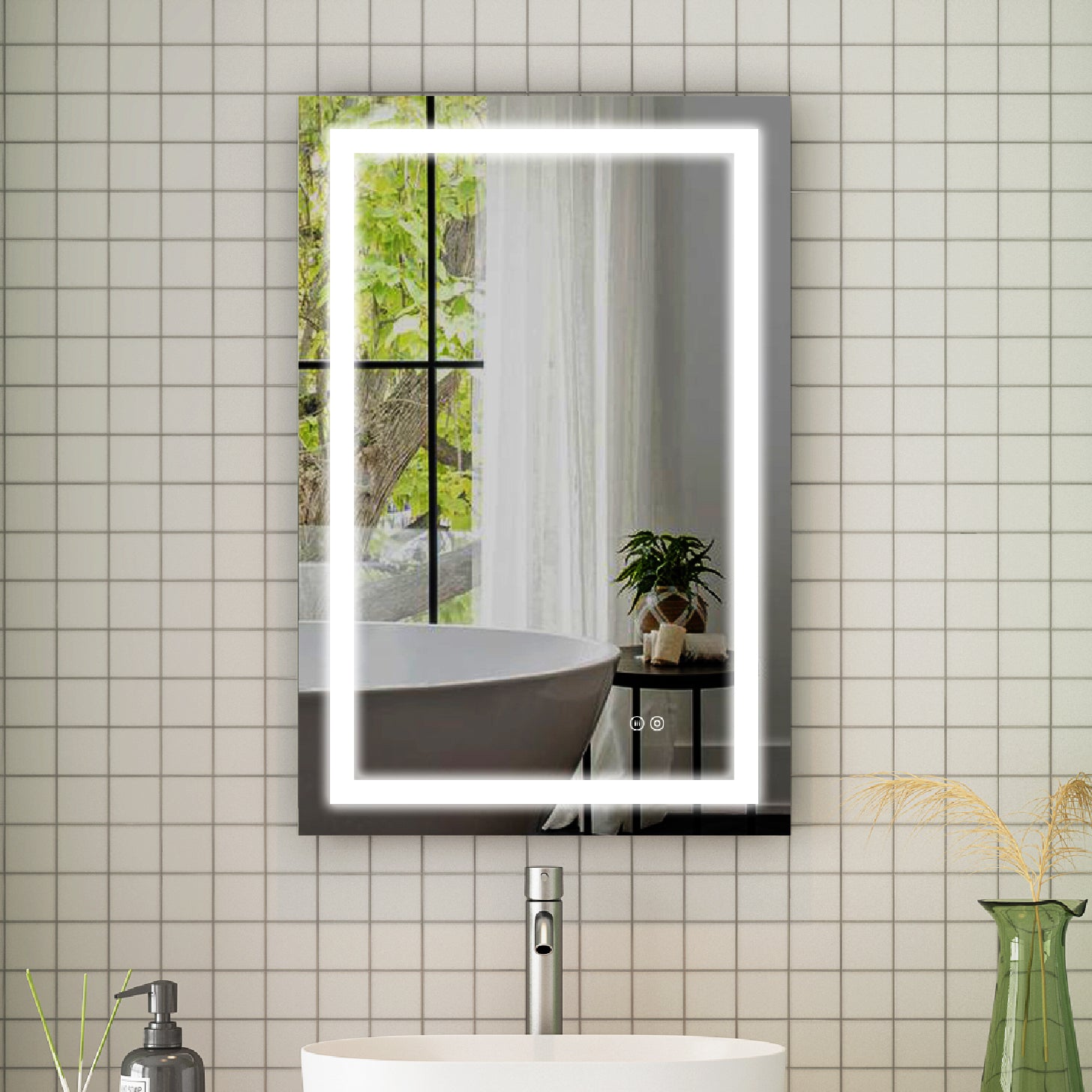

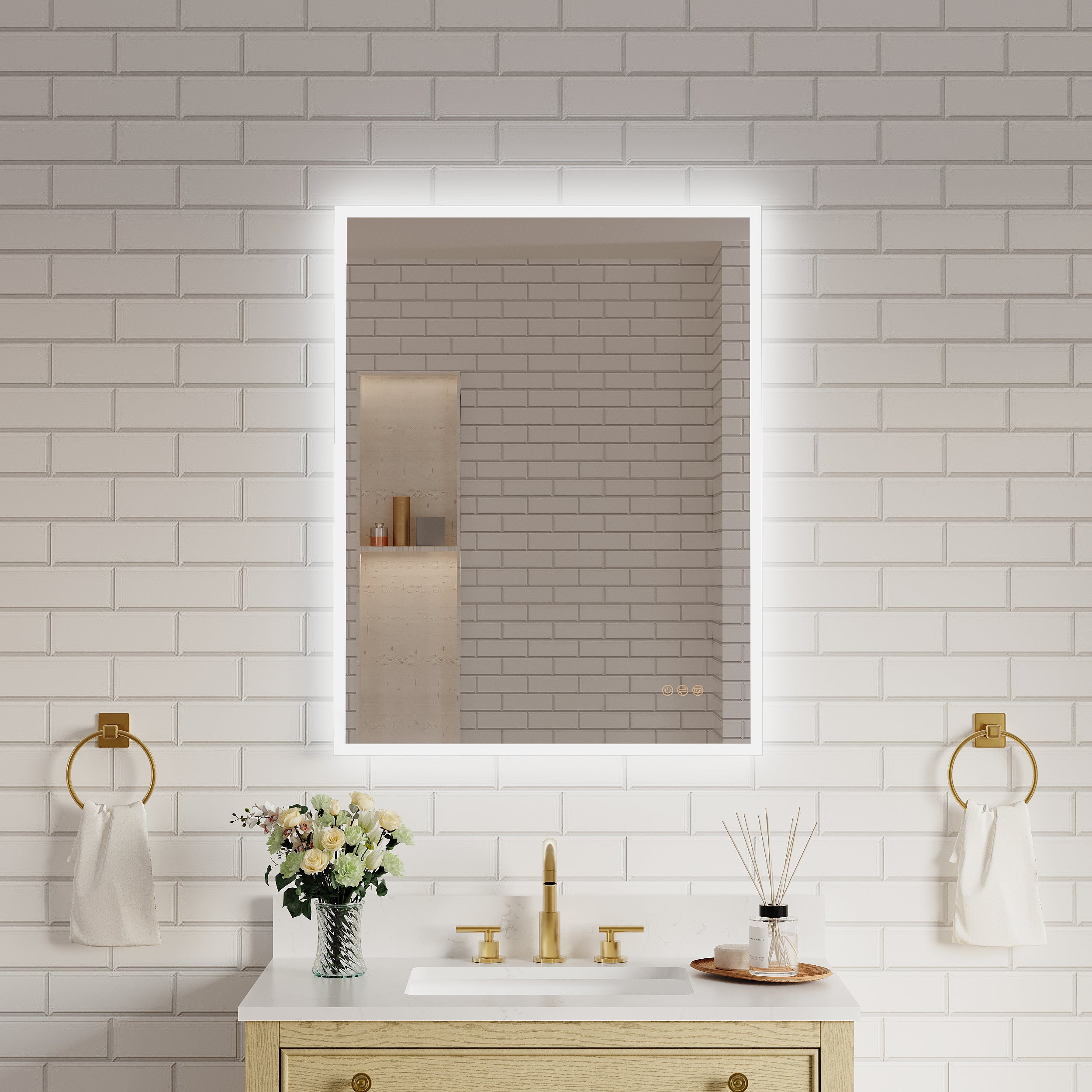

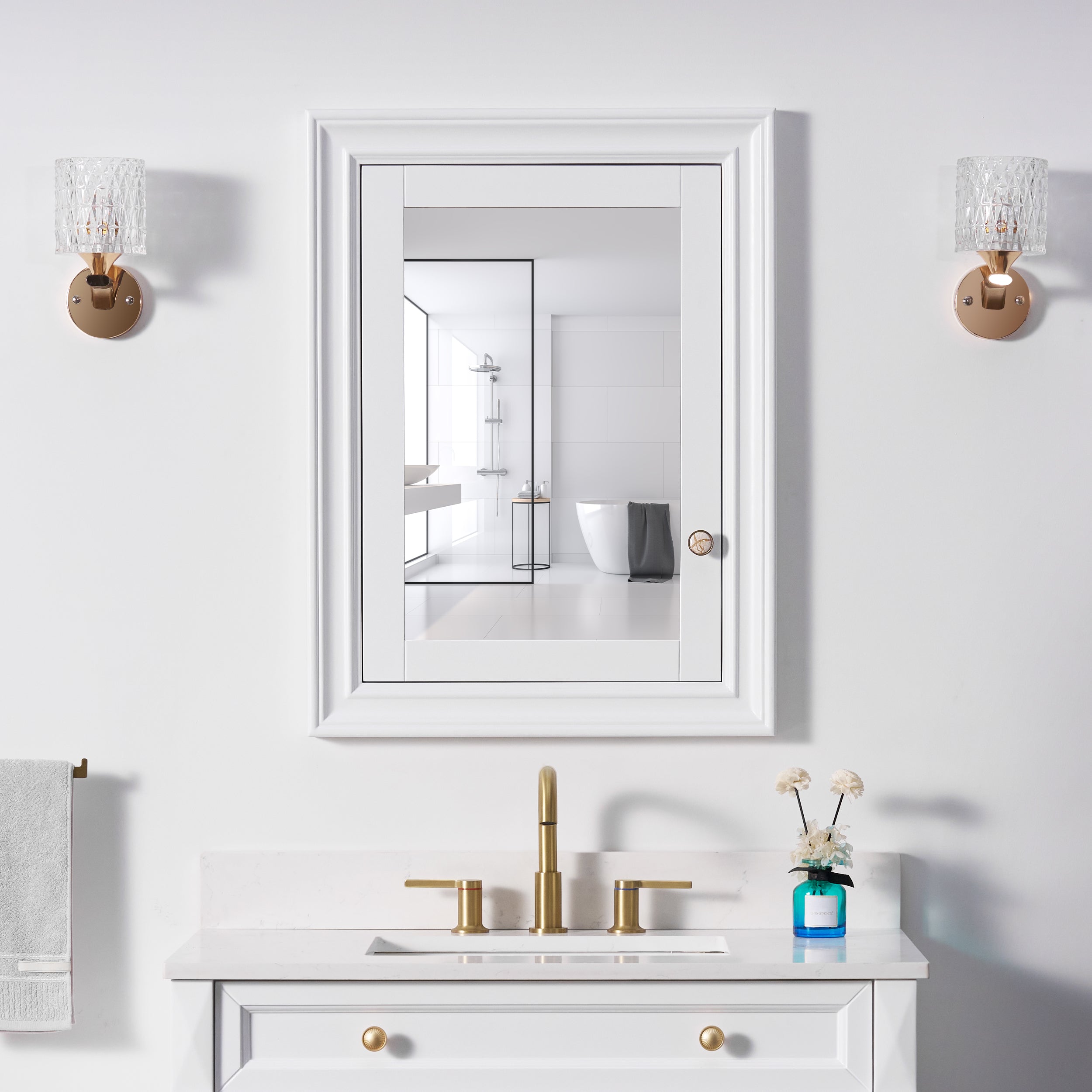
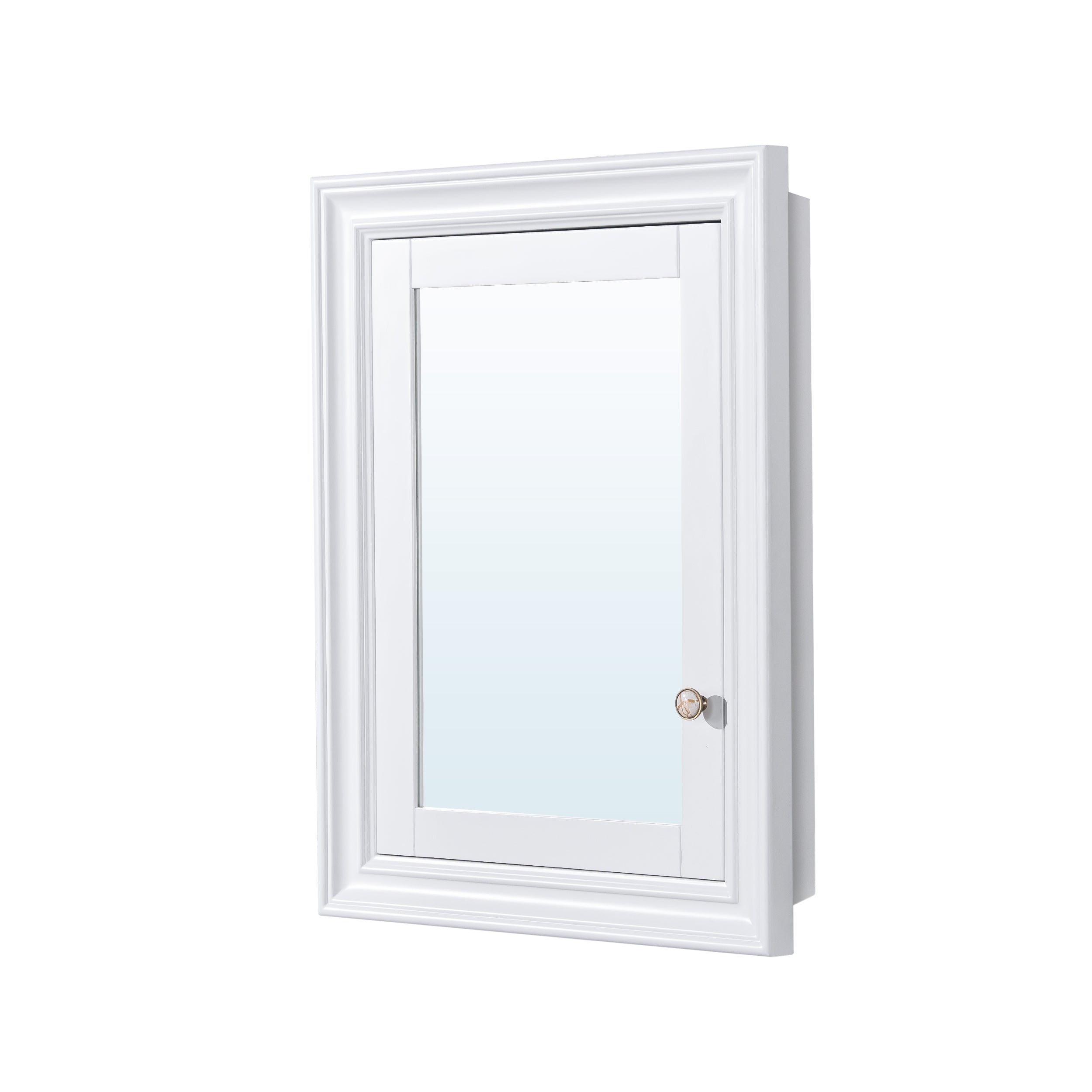
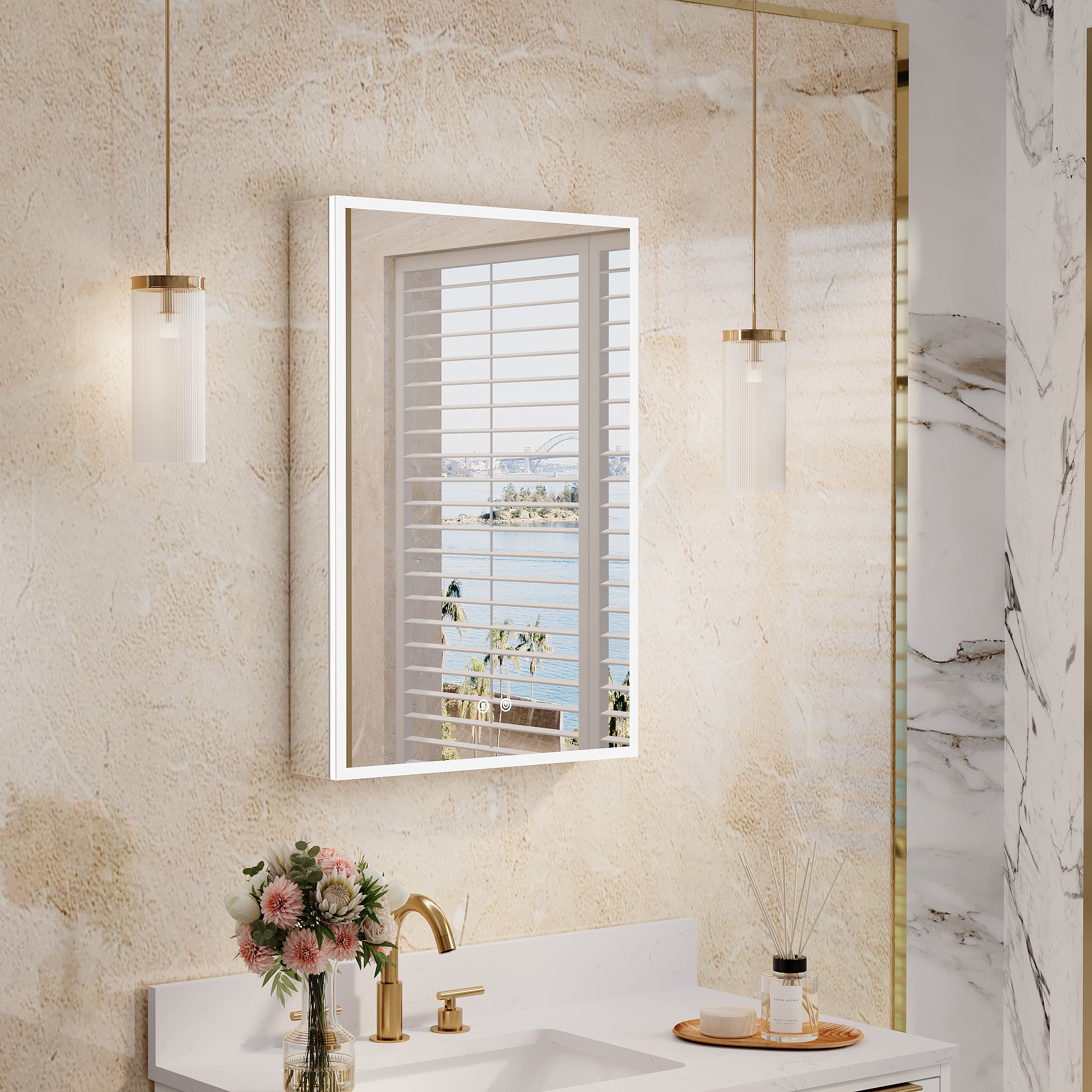
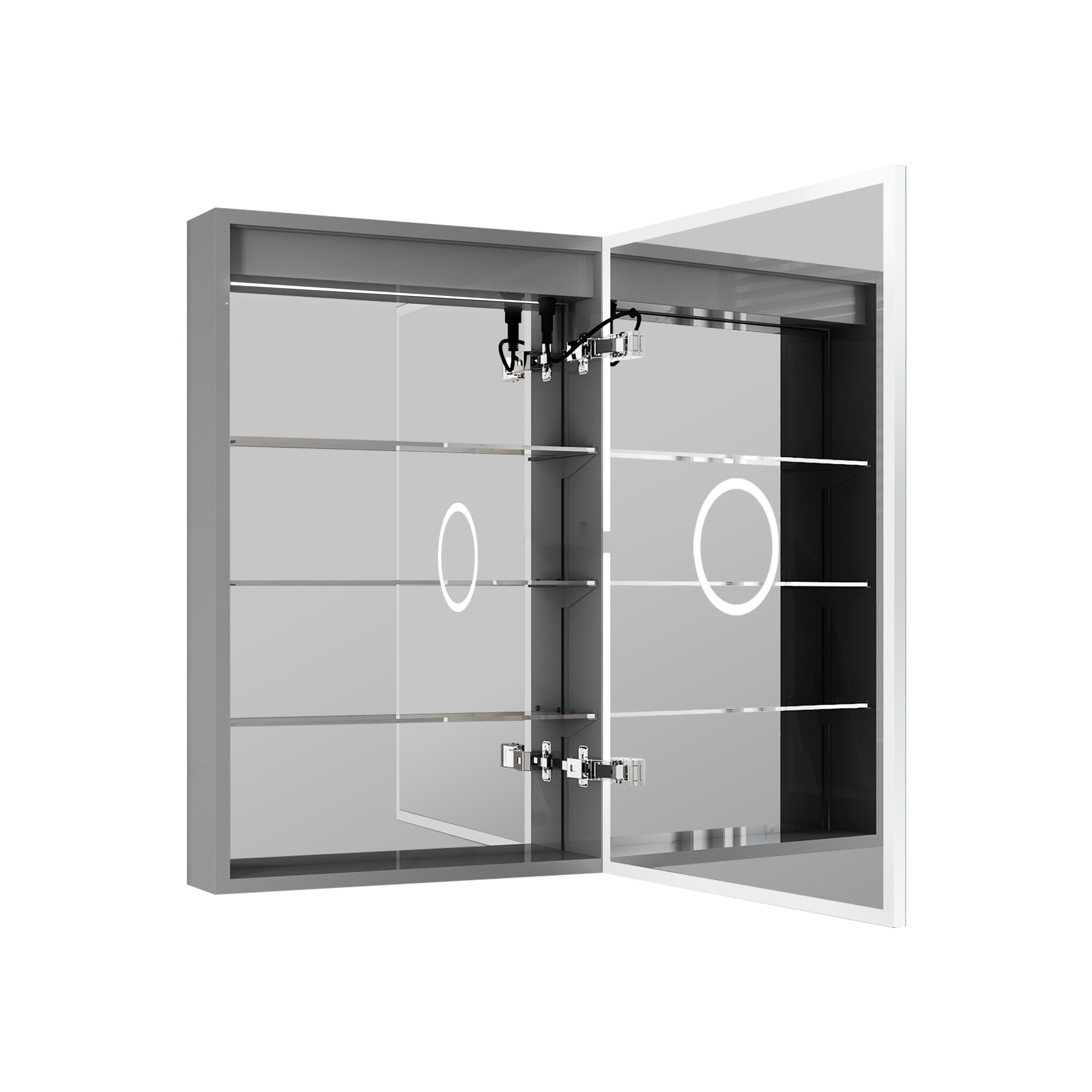
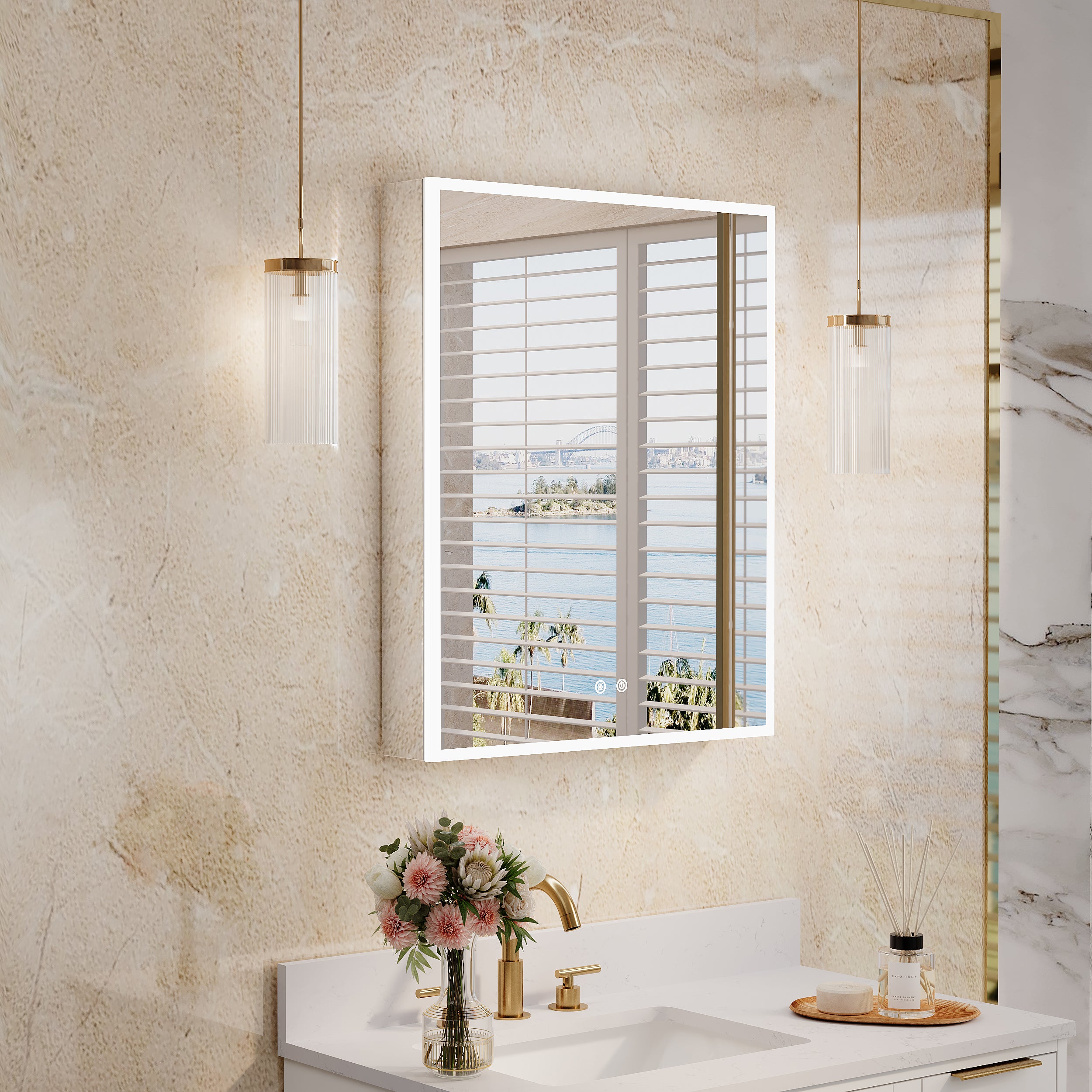
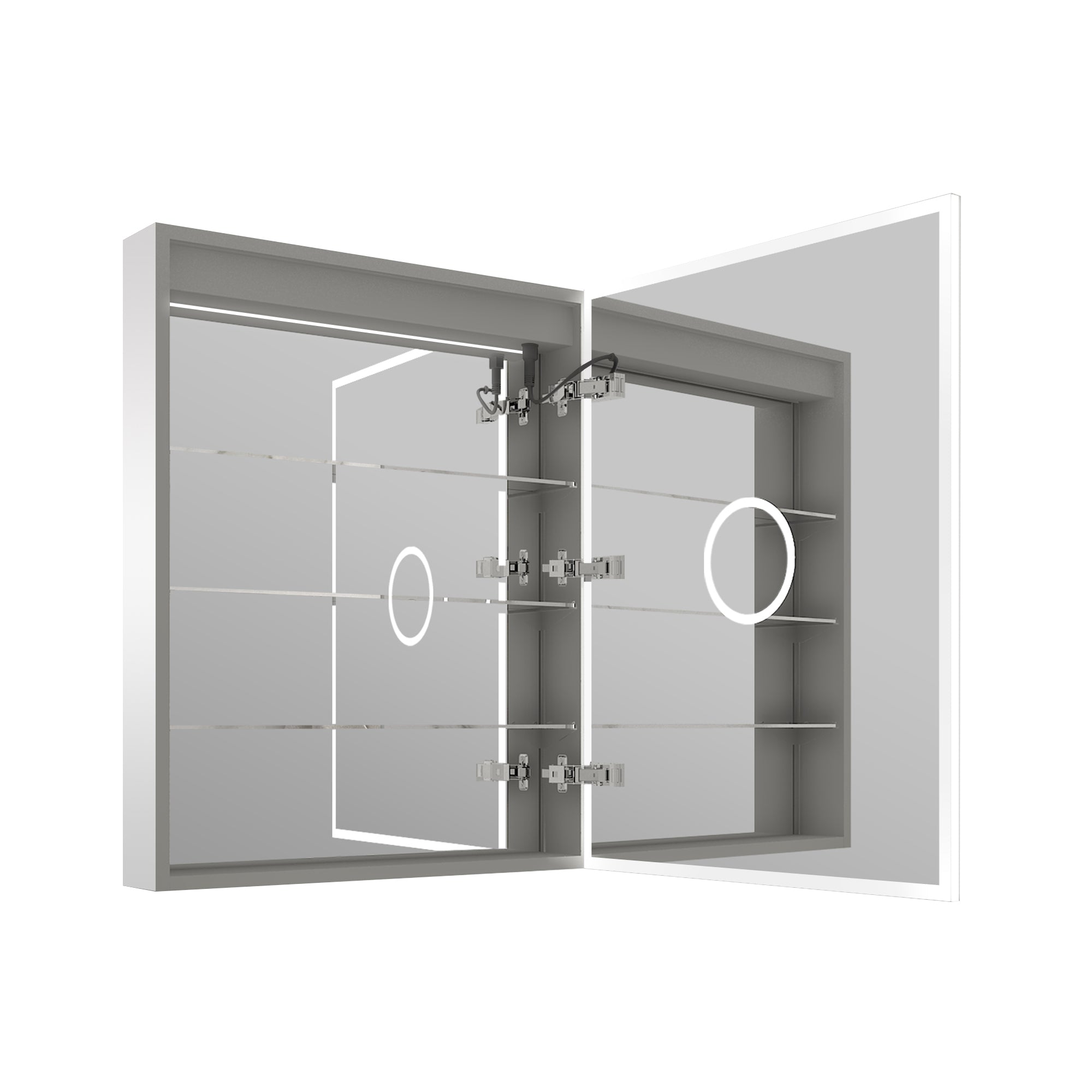


Leave a comment
This site is protected by hCaptcha and the hCaptcha Privacy Policy and Terms of Service apply.